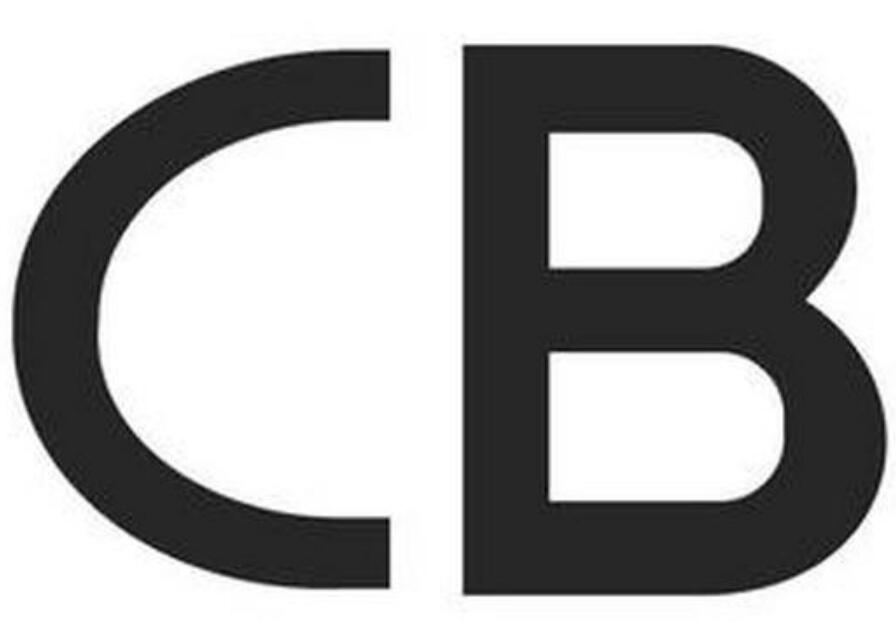
CB certification
IECEE-CB system is the IECEE test system for mutual recognition of electrical products, IECEE is one of two working systems. The main objective of the CB system is to promote international trade by promoting the harmonization of national standards with international standards and the cooperation of product certification bodies to bring manufacturers closer to the ideal goal of "one test, multiple applications". More than 70 National Accreditation Bodies (NCBs) in more than 50 member countries of the IECEE CB system have reached a multilateral agreement enabling applicants to obtain the CBs accreditation of other CB member countries by virtue of a CB test certificate and test report issued by the NCB Or market access. CB system to IEC standards for testing. If the target country for exporting a product is not yet fully compliant with the IEC standard, the test should take into account the country differences declared in that country.
CB certification application process
Apply for a CB certificate
(1) About CB test certificate application, should pay attention to the following points:
1) An application for a CB Test Certificate may be submitted by the applicant to any "Issuing / Recognition" NCB that covers the product range.
2) The applicant can be either a manufacturer or an authorized entity that represents the manufacturer.
3) The application may include one or more plants in one or more countries that produce the product.
4) Applicants / Manufacturers / Factories located in countries that do not have IECEE member institutions will be required to pay additional fees for each CB Test Certificate.
5) The applicant can request the NCB to test the product according to the national differences in the countries where the products are sold.
(2) Manufacturers to obtain the target market product certification includes the following procedures:
1) submit an application to the NCB of the target country;
2) CB test certificate;
3) CB test report (can include country differences);
4) When the target market NCB requirements, to provide product samples.
The purpose of the sample is to demonstrate that the product is consistent with the product initially issued with the NCB test and that it covers the country differences.
(3) country differences
National differences are the differences between a country's standards or regulations and the corresponding international standards. All country differences that have joined the CB system are presented to the IECEE Secretariat and posted on the CB Bulletin.
CB certification need to provide what information:
1) application form;
2) circuit diagram, PCB Layout;
3) Nameplate;
4) English manual;
5) Key Parts List (CDF)
6) Trademark Statement (if trademark)
7) Specification
8) Model list (series)
9) Product photos
10) Comply with the standard safety test report
CB certification necessity
The global acceptance of product safety testing results for electrical and electronic equipment is the foundation of the CB system. Upon successful completion of the test, a CB test certificate and a corresponding CB test report will be issued for the product. Together, these two documents form a passport that manufacturers can use to apply for global certification of any national certification body that participates in the CB system's country or region, usually eliminating the need for additional testing. In addition, when applying for CB certification, the country to be considered for inclusion in the report needs to be informed so that the corresponding national differences can be taken into account when testing.
CB certified product range
● miscellaneous category (MISC)
● Information Technology and Office Equipment (OFF)
● Low-voltage high-power switchgear (POW)
● install protection device (PROT)
● safety transformers and similar equipment (SAFE)
● Portable Power Tools (TOOL)
● Electronic Entertainment Equipment (TRON)
● Wire and Cable (CABL)
● Capacitor as a component (CAP)
● appliance switches and household appliances automatic controller (CONT)
● Energy efficiency (E3)
● Household and similar equipment (HOUS)
● Installation Accessories and Connectors (INST)
● Lighting Equipment (LITE)